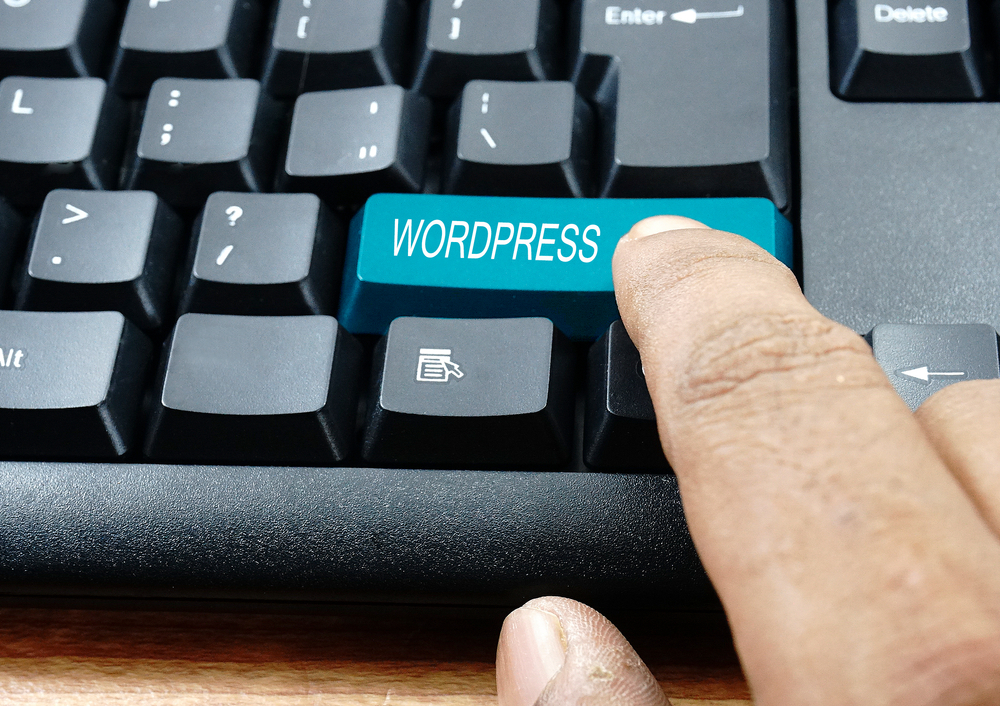
Mastering WordPress: Tips and Tricks for Customizing and Maintaining Your Website
WordPress is a powerful platform that empowers millions of websites around the world. Whether you're a blogger, small business owner, or an aspiring online entrepreneur, having a thorough understanding of WordPress can greatly enhance your website's functionality and appearance. In this article, we will delve into some essential tips and tricks for mastering WordPress (the blogging platform) , helping you customize and maintain your website effectively.
1. Understanding the Basics of WordPress
Before diving into customization and maintenance, it's crucial to have a solid understanding of the basics of WordPress. WordPress (WP) is a content management system (CMS) that allows you to create, edit, and publish content on your website without any technical coding knowledge. It offers a user-friendly interface, making it accessible to users of all skill levels.
To get started with WordPress, you'll need to choose a web hosting provider that supports WordPress installations. Once your hosting is set up, you can easily install WordPress (or WP) and access the admin dashboard, where you can begin customizing your website.
2. Customizing Your WordPress Theme
One of the beauties of WordPress is its extensive range of themes that enable you to change the appearance of your website with just a few clicks. To customize your WordPress theme, navigate to the Appearance tab in the admin dashboard and select "Themes."
From there, you can browse through a vast collection of free and premium themes. Once you've found a theme that suits your website's style and purpose, click the "Activate" button to apply it. After activating your theme, you can further customize it by accessing the theme settings, usually found in the Appearance or Customize section. Here, you can modify the colors, fonts, page layouts, and more to match your brand identity or personal preferences.
3. Installing Essential Plugins
Plugins are another fantastic feature of WordPress that allows you to add specific functionalities to your website. There are thousands of free and premium plugins available, catering to various needs. To install a plugin, simply go to the Plugins tab on your WordPress (the platform for bloggers) dashboard and click "Add New."
When selecting plugins, consider which functionalities are crucial for your website. Popular WordPress plugins include Yoast SEO for optimizing your content for search engines, WooCommerce for setting up an online store, and Contact Form 7 for creating contact forms.
Remember to regularly update your plugins to ensure compatibility and to leverage new features that may be added by their developers.
4. Leveraging Widgets and Sidebars
Widgets and sidebars are customizable areas on your website where you can display additional content and features. They are an excellent way to enhance user experience and provide easy access to elements like social media buttons, recent posts, or newsletter sign-up forms.
To add widgets or modify your sidebar content, navigate to the Appearance tab and select "Widgets." From there, you can drag and drop widgets into your desired sidebar location. WordPress offers a wide range of pre-designed widgets, and you can also explore third-party plugins for more advanced options.
5. Optimizing Your Website for SEO
Search engine optimization (SEO) plays a vital role in driving organic traffic to your website. WordPress offers various functionalities and plugins that can help optimize your website for improved search engine rankings.
Start by installing an SEO plugin like Yoast SEO or All in One SEO Pack, which provides tools and guidance for optimizing your content. These plugins allow you to add meta tags, optimize your images, and generate XML sitemaps. Additionally, they provide insights and recommendations to improve your content's visibility in search engine results.
Beyond plugins, consider optimizing your website's loading speed by using a caching plugin, compressing images, and leveraging the use of content delivery networks (CDNs) to reduce server response time.
Frequently Asked Questions
1. How often should I update WordPress?
WordPress releases regular updates to enhance performance, security, and add new features. It is recommended to update your WordPress installation, themes, and plugins as soon as updates become available to ensure your website is secure and functioning optimally.
2. Can I change my WordPress theme after publishing content?
Absolutely! WordPress makes it incredibly easy to change your theme without affecting your existing content. However, keep in mind that some content elements, such as custom CSS or specific functionality tied to your previous theme, may require adjustment or migration when switching themes.
3. How do I backup my WordPress website?
Regular backups are essential to safeguard your website's data. You can use plugins like UpdraftPlus or Duplicator to automate the backup process. Additionally, many hosting providers offer backup services as part of their plans. Remember to store your backups in a secure location, separate from your website server.
4. Can I use WordPress without a domain name?
No, a domain name is necessary to access your WordPress website. It serves as the web address where users can find and visit your website. You can register a domain name through various domain registrars and then link it to your WordPress website hosted with a compatible hosting provider.
5. How can I improve the security of my WordPress website?
WordPress security is a crucial aspect of website maintenance. Here are a few tips to enhance your website's security:
- Keep WordPress, themes, and plugins updated. Use strong and unique passwords for all user accounts. Limit the number of login attempts with a plugin like Login Lockdown. Enable a reliable security plugin like Wordfence or Sucuri Security to monitor and protect your website from threats. Regularly scan your website for potential malware or vulnerabilities.
Mastering WordPress is an ongoing process that requires continuous learning and exploration. By implementing these tips and tricks, you can take your WordPress website to the next level and create a highly customized and well-maintained online presence.
Other useful resources
- https://en.wikipedia.org/wiki/WordPress
- https://www.wordpress24plus.com/services/wordpress-developer/